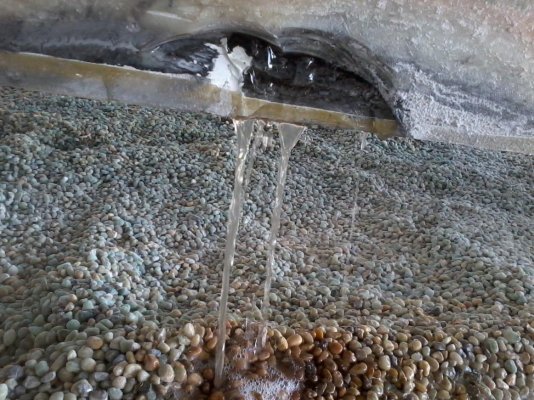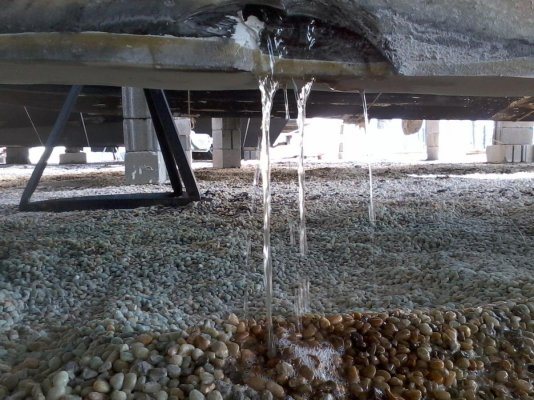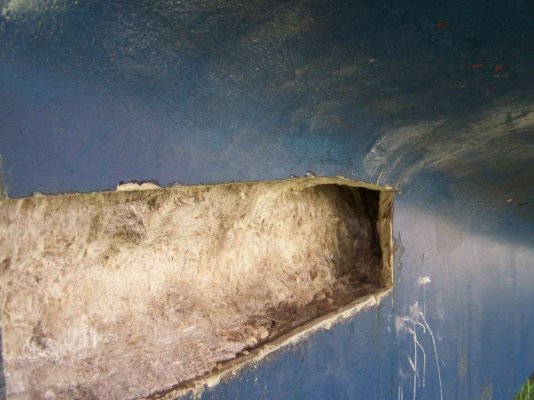John Vergis
Member
- Joined
- Oct 11, 2020
- Messages
- 6
- Location
- United States
- Vessel Name
- Acacia
- Vessel Make
- 1983 Nova Marine 42 Sundeck
I bought a 1983 Nova Marine 42 sundeck. I bought it about a month ago and of course it is in storage now since I am in Cleveland ohio. The marina who is storing the boat for me was concerned that my keel does not have a drain plug. He said that it is possible for water to get down into the hollow keel and freeze and crack it. Has anyone experienced this problem? The bilge seems to be made well to where there is no cracks for water to get down into the keel so I don't see much of a concern but what is everybody's experience on this? The mechanic at this Marina wants me to drill a hole into the keel and see if there was water in it, and if so, drill bigger hole and install a proper plug. Thoughts?



